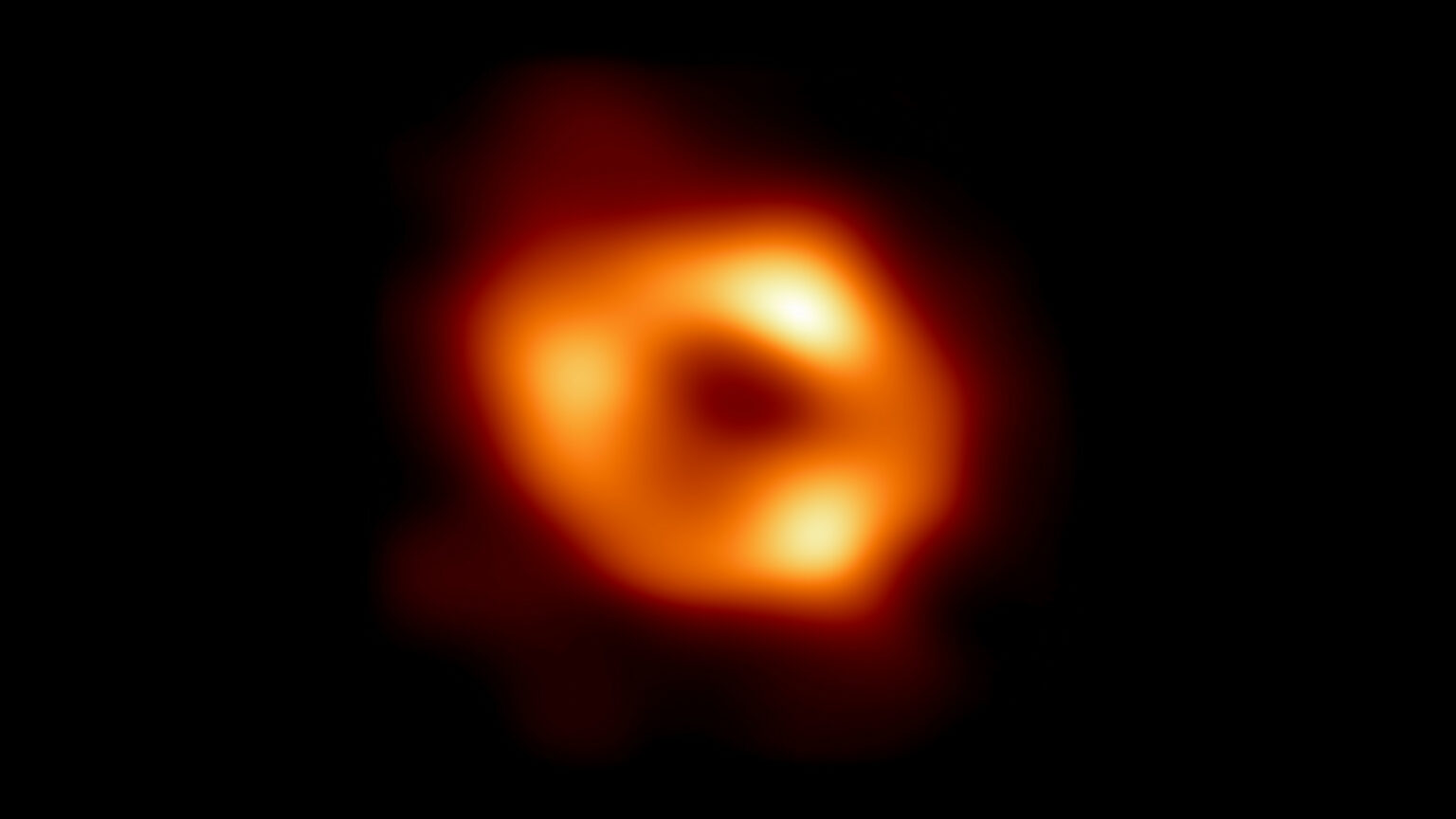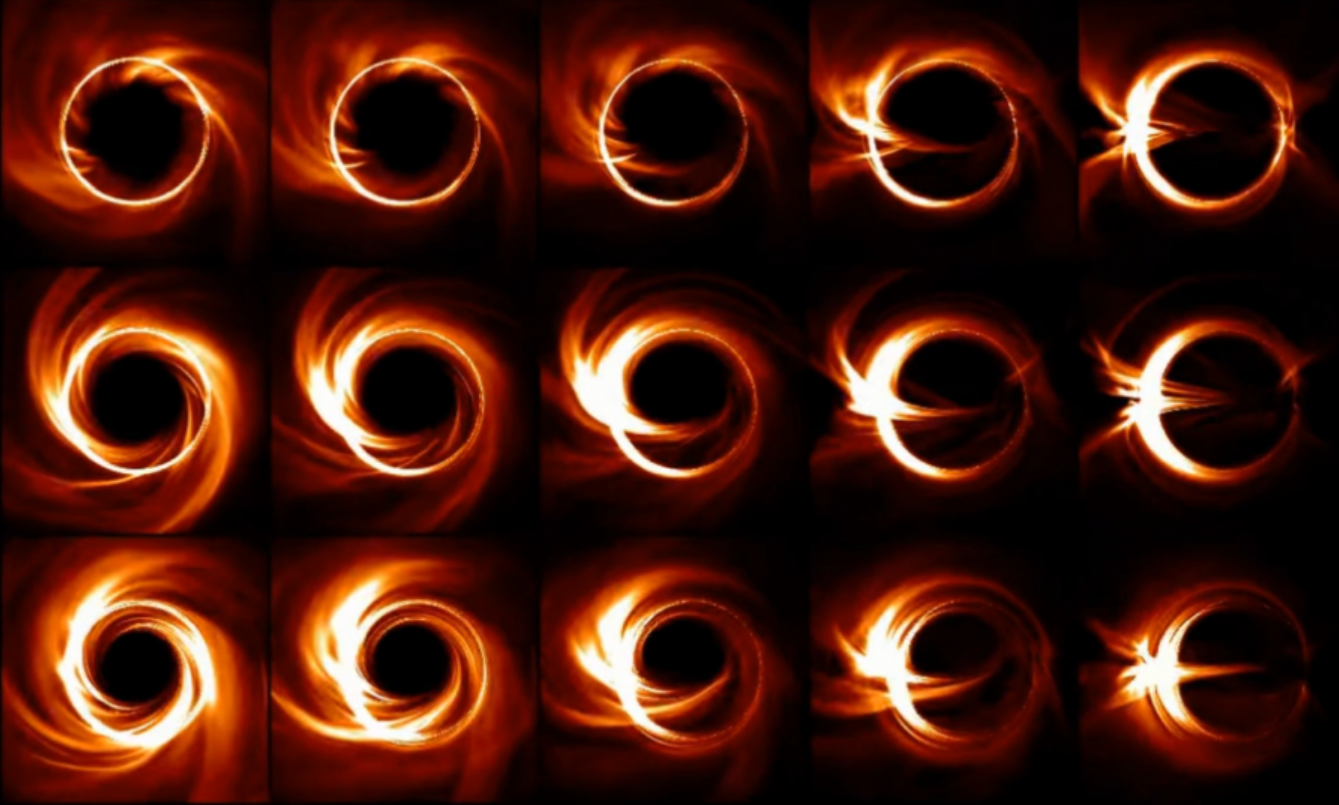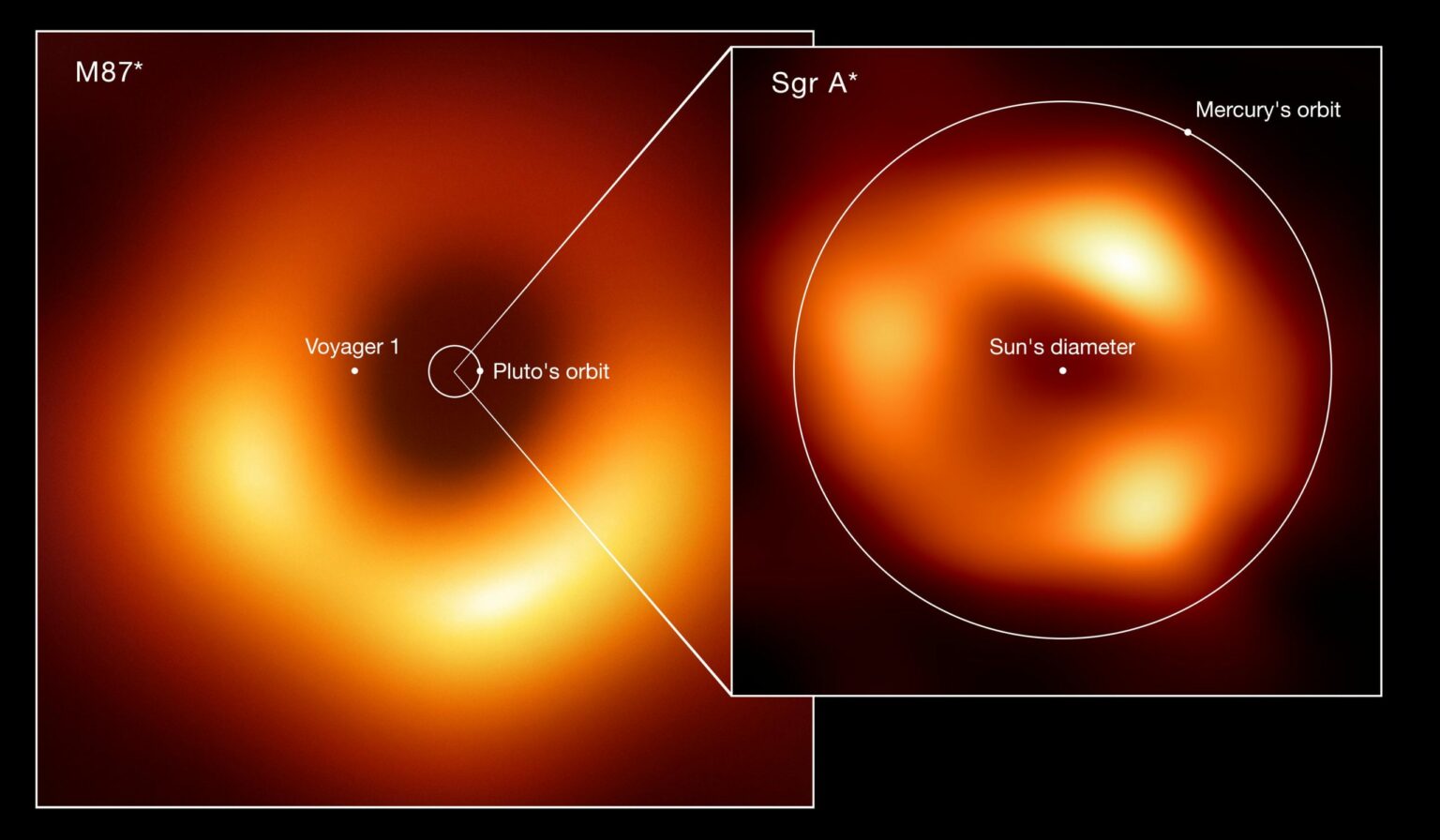The publication of an outstanding photo of a black hole in the center of the Milky Way is not only an incredible scientific achievement, but also exactly agrees with predictions about what black holes are and how these strange objects are formed by gravity. The Sagittarius A* black hole belongs to the type of supermassive black holes and is located in the center of almost all galaxies. However, compared to monsters like M87* with a mass of 6.5 billion Suns, our Sagittarius A* looks tiny, although it has a mass 4.3 million times that of the sun.

However, the images of these two black holes look noticeably similar, since both have a characteristic donut shape. And this similarity is exactly consistent with the predictions of physicists who claimed that they would look the same, regardless of their size. That’s because black holes have “no hair” — they differ only in mass, spin and charge. There are no additional characteristics, or, as physicists call them, “hair”.

“The fact that black holes look like a ring with a black shadow inside tells us that it is purely gravity. Everything is predicted by Einstein’s general theory of relativity — the only theory in space that doesn’t care about scale,” black hole researcher Dimitrios Psaltis from the University of Arizona explained in a statement.

This scaling is unusual for us because most things that exist at different scales look completely different. The scientist cites the example of an ant and an elephant, which are strikingly different from each other due to their different masses, and how they were influenced by evolution to adapt to gravity. But black holes are the same, regardless of whether they are big or small. The black hole M87* is 1500 times larger than Sagittarius A*. But they are very similar. This means that even very small black holes, if we could see them, would look exactly like the images of Sagittarius A* and the black hole at the center of the galaxy M87. They would all have a similar donut shape.
“Wherever we look, we should see donuts, and they should all look more or less the same. What is surprising is that no one likes this fact. In physics, scientists don’t like a world in which things don’t have a certain scale,” explains Psaltis.
According to University of Arizona
Follow us on Twitter to get the most interesting space news in time
https://twitter.com/ust_magazine
